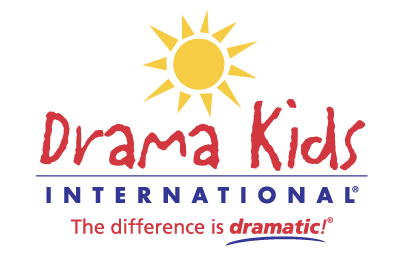
Though it may seem simple: over-the-top characters, brightly-colored costumes, a simple plot borrowed from a children’s book and maybe a catchy song or two; studies have found that children’s theater and actively participating in creative drama has a powerful impact on children and their development.
Studies show that engaging in imaginative activities like theater builds intelligence. Seeing the world through a new perspective helps young minds experience new possibilities and new ideas. Children who attend live theater have shown greater tolerance of different people and ideas, as well as increased empathy for others. They also show a better understanding of reading materials and view social studies concepts in a new light as history comes alive in front of their eyes. Teachers have even found that by incorporating drama activities in the classroom, their students’ math scores have increased. There is no doubt that theater not only entertains, but also enhances children’s lives in many ways.
According to Education.com :
- 25,000 students involved in the arts, conducted at UCLA’s Graduate School of Education by Dr. James Catterall, shows that consistent participation greatly improves academic performance and significantly bumps up standardized test scores.
- Students who make time for the arts are also more involved in community service, and less likely to drop out of school.
- Theater also connects to the importance of reading. A play has the ability to jump a story off the page and bring it to life. This can be a revelation to regular bookworms, but also a real boon to reluctant readers.
- Children’s theater can also help to lengthen attention span. “At first, Hartzell says, sitting still in a darkened room may not feel natural for children. But that’s precisely why it’s important. Kids today see a new image every 3-4 seconds. They’re used to constant change.”
An article written by Michelle Pieczuara, concludes that Creative dramatics is a highly effective method for integrating arts education into core curriculum. It produces a positive and lasting impact on student learning, in terms of creative and critical thinking, language development, listening, comprehension, retention, cooperation, and empathy and awareness of others. Creative dramatics not only has the power to bring curriculum to life, but also to stimulate active involvement in the development of conceptual understandings.
Data from The College Board show that in 2014, students who took four years of arts and music classes while in high school scored an average of 96 points higher on their SATs than students who took only one-half year or less. They averaged 523 on the Writing portion of the test – 57 points higher than students with one-half year or less of arts and music classes, who averaged 466 points.
Whether it is participating in or being an active viewer of children’s theater, there is no doubt that theater and the arts can be beneficial to a child’s development.
